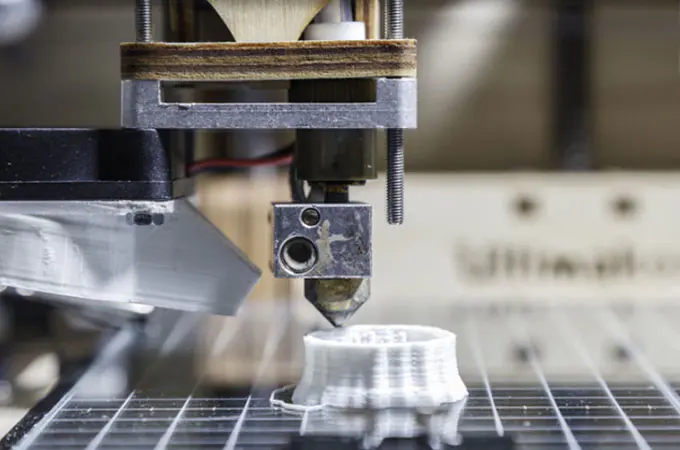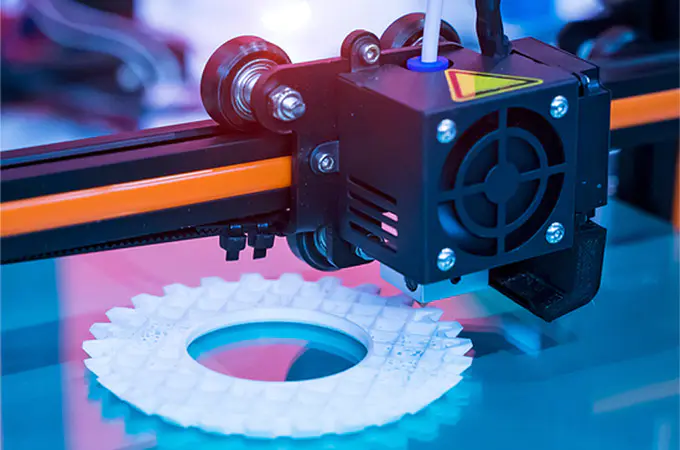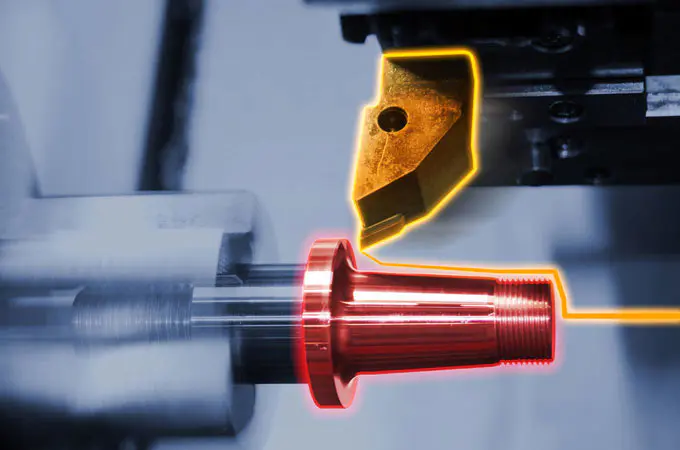CNC Milling Service
- Professional custom CNC milling service for on-demand production.
- Get a quote with competitive price for hgih-quality parts
- All uploads are secure and confidential
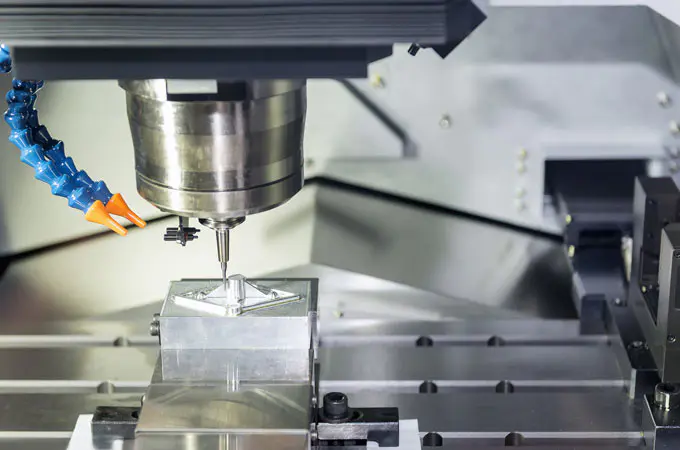
Zhongde CNC Milling Service
CNC Milling Parts Size
| Size | Metric | Inch |
|---|---|---|
| Length | 2500 | 98.4 |
| Width | 2000 | 78.7 |
| Height | 1500 | 59 |
Available Material of CNC Milling Process
Choosing the exact materials is an important step in the manufacturing of your CNC machining projects. At Zhongde, a professional on-demand manufacturer, we offer a wide range of CNC machining materials to meet diverse project requirements. Our materials selection includes high-quality metals and various plastics. With our extensive material expertise and focus on quality, we ensure that your CNC-machined parts are manufactured to the highest standards and meet your specific needs.
CNC Metals
- Aluminum
- Copper
- Stainless Steel
- Brass
- Carbon Steel
- Steel Alloy
CNC Plastics
- ABS
- Nylon 6
- PVC
- HDPE
- PC | Polycarbonate
- PP | Polypropylene
- POM | Delrin
- LDPE
- UHMWPE
- PTFE
Custom Products
Service
CNC Milling Surface Finishing
| Finishing | Description | Material Compatibility | Color | Link | |
|---|---|---|---|---|---|
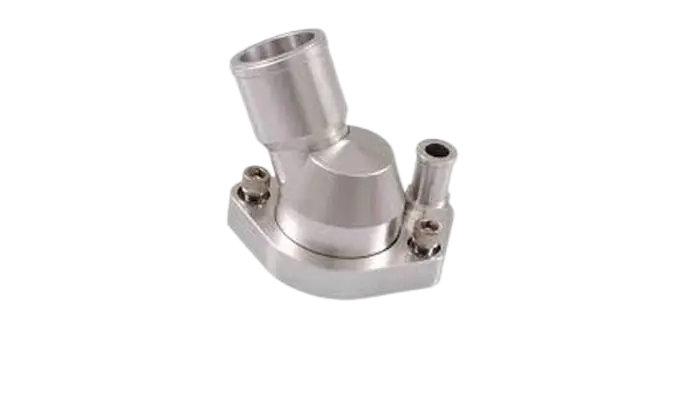
|
As Machined | For as machined all sharp edges are removed and parts are deburred. Tool marks are visible. | All plastics and metals | Uniform of raw material color | Learn More |
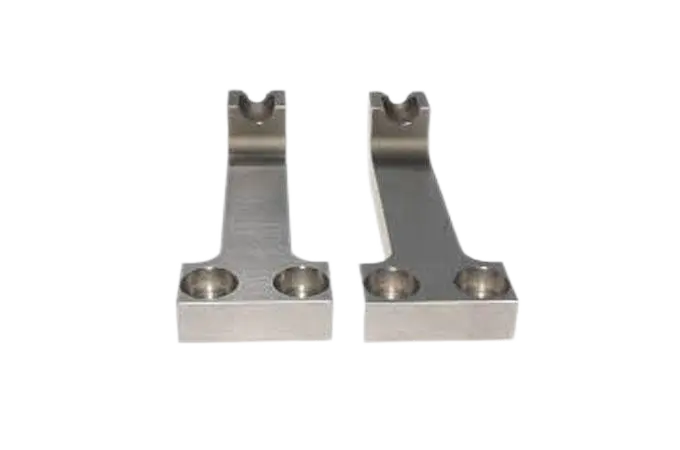
|
Smoothing | A finishing CNC machining operation can be applied to the part to reduce its surface roughness. Machine marks are less evident but still visible. | All plastics and metals | Uniform matte of raw material color | Learn More |
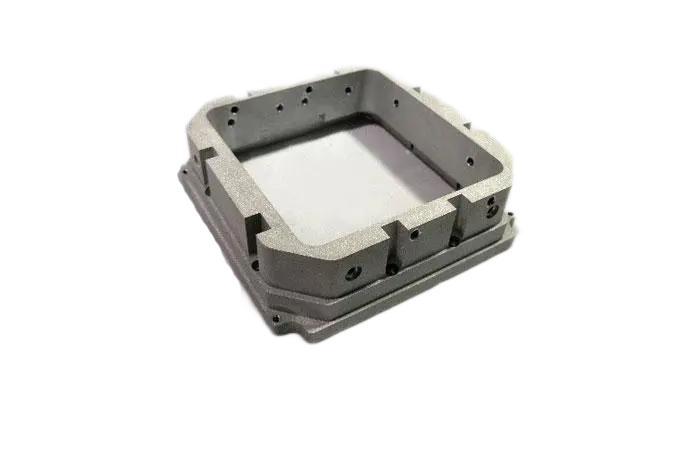
|
Bead Blasting | Bead blasting adds a uniform matte or satin surface finish on a machined part, removing the tool marks. | All metals | Uniform matte of raw material color | Learn More |

|
Powder Coating | Powder coating compatible with all metal materials and can be combined with a bead blasting to create parts with smooth and uniform surfaces and excellent corrosion resistance. | All metals | Black or any RAL or Pantone code | Learn More |

|
Black Oxide | Black oxide is a conversion coating used to improve corrosion resistance and minimize light reflection. | Stainless steel and copper alloys | Black | Learn More |
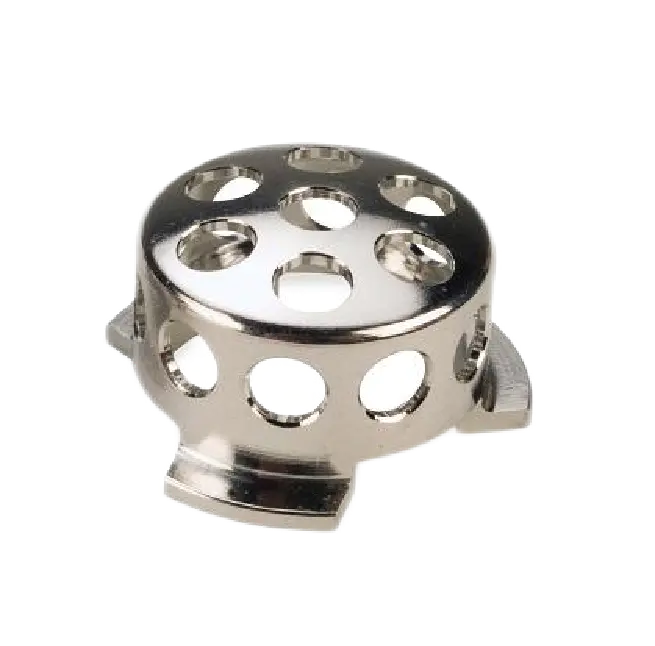
|
Electropolishing | An electrochemical process used to polish, passivate and deburr metal parts. It is useful to reduce surface roughness. | All metals | Natural metal color | Learn More |
Related Products Of CNC Machining
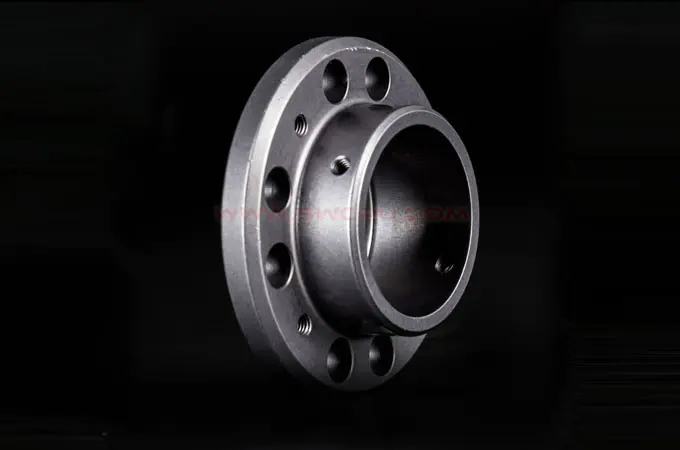
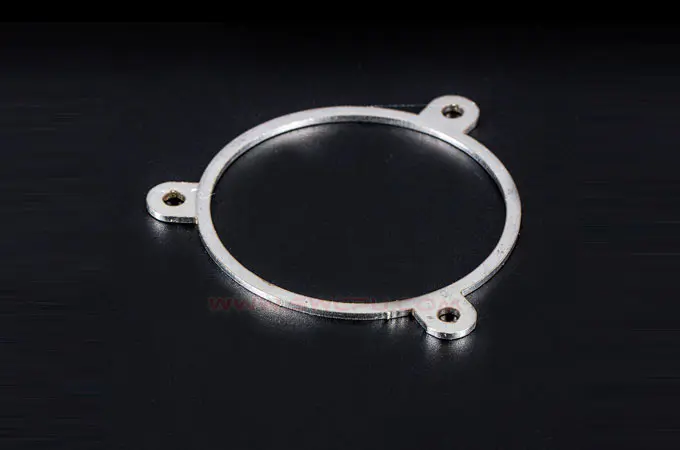
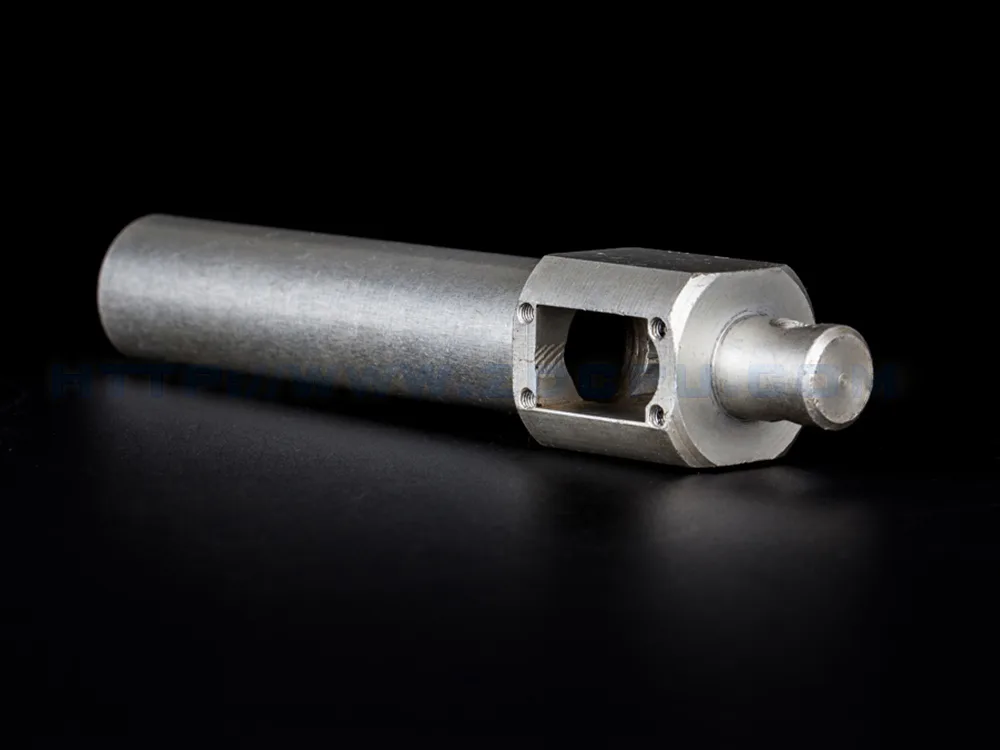
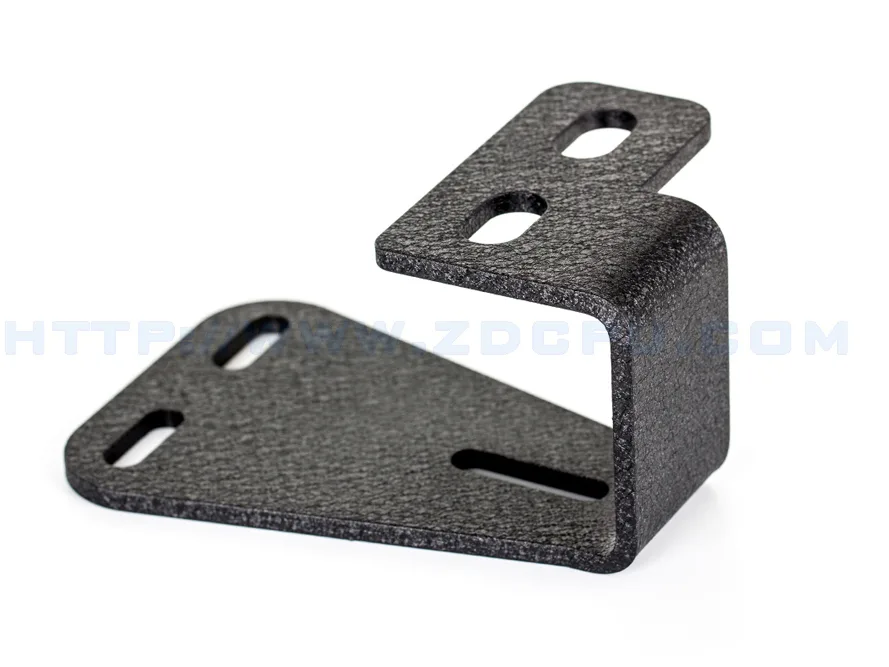
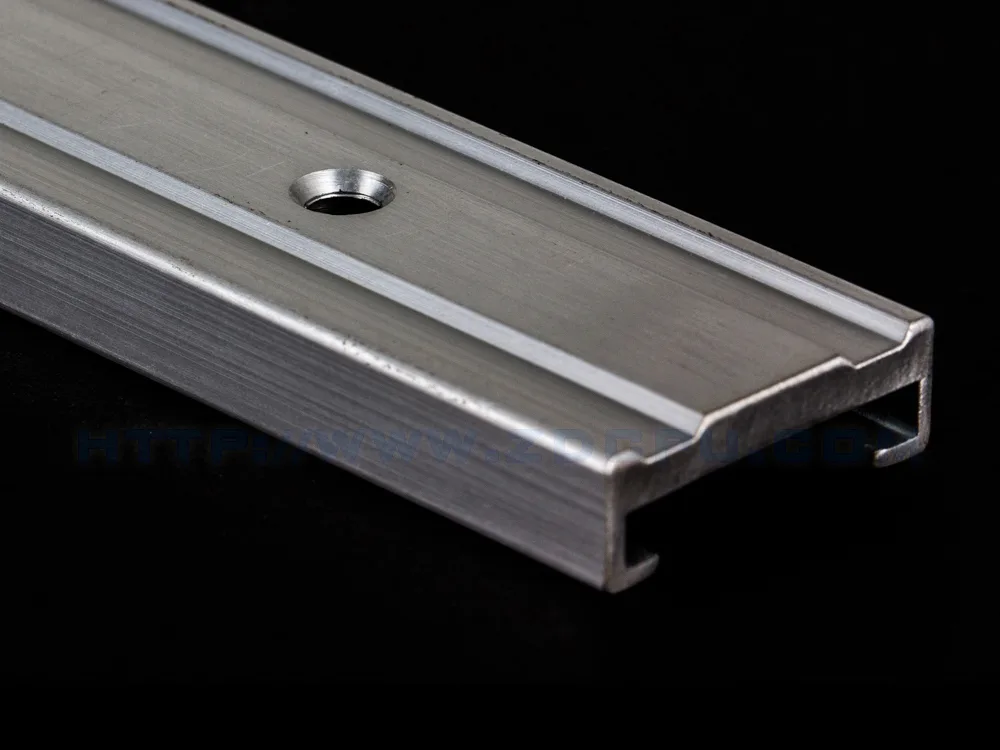
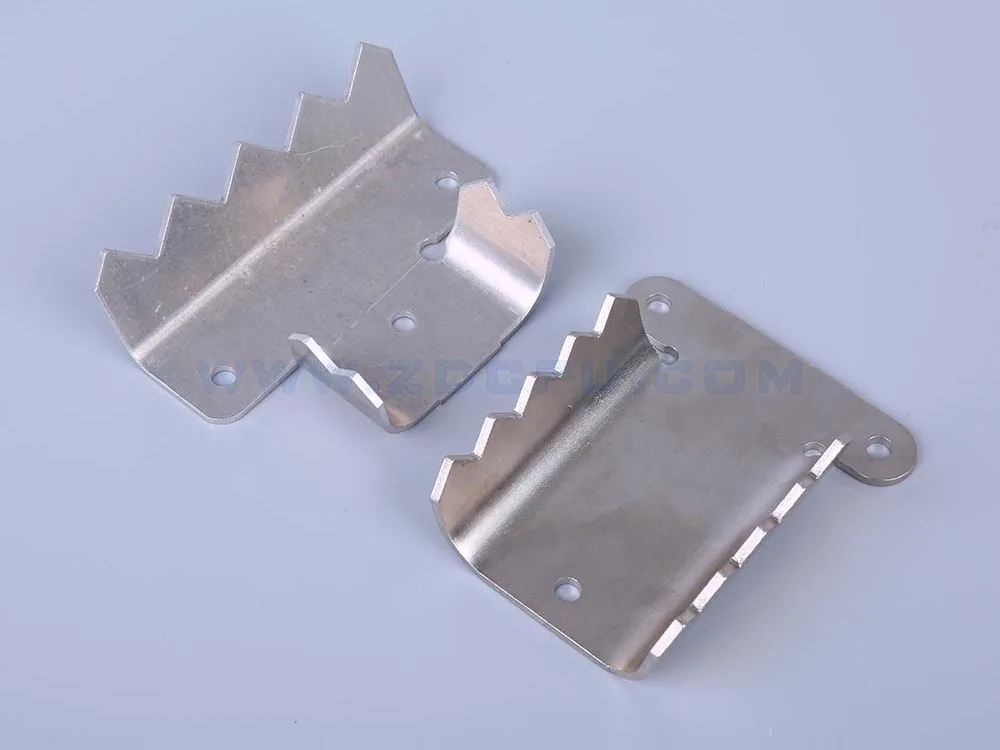
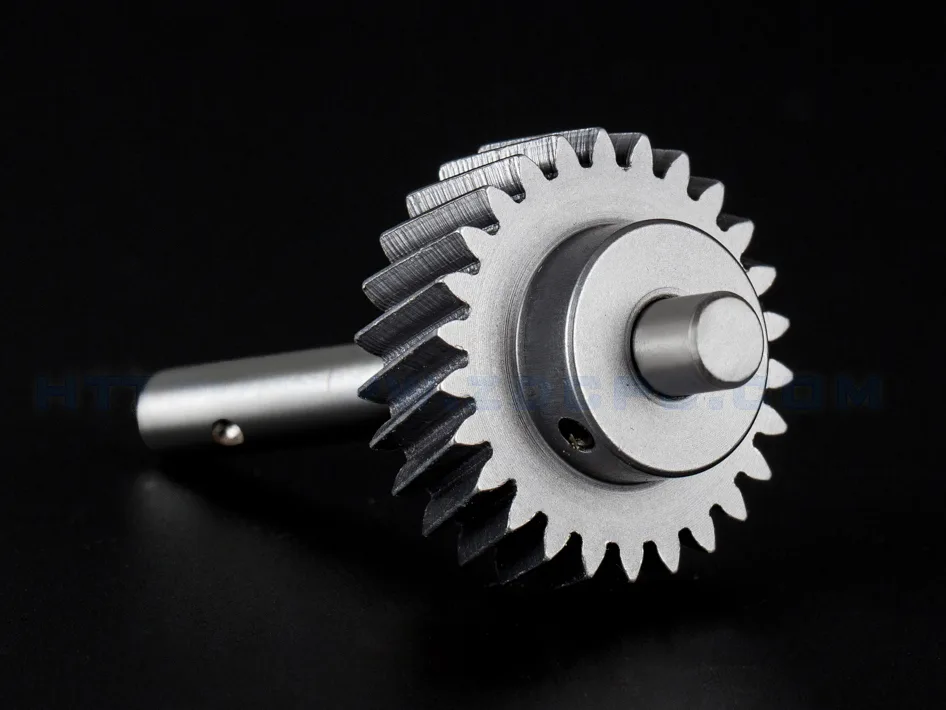
Knowledge Hubs

Injection Molding Slider Design: Enhancing Molding Capabilities with Side Action
The injection molding slider is a crucial component in the world of injection molding, where precision and versatility are essential
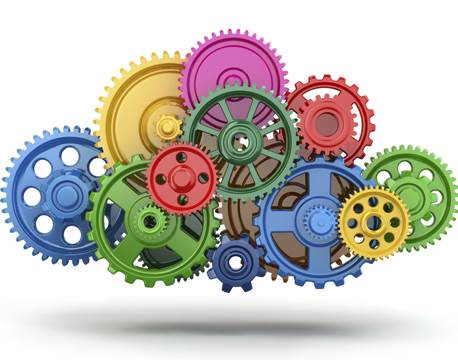
Explore Influence Factor and Improve Product Quality in Injection Molding
Injection molding is a widely used manufacturing process for producing high-quality plastic parts. To ensure excellent product quality, it is

Principle of Injection Molding Process
The Injection Molding Machine Working Principle The injection molding principle is that the plastic is heated and melted in the


